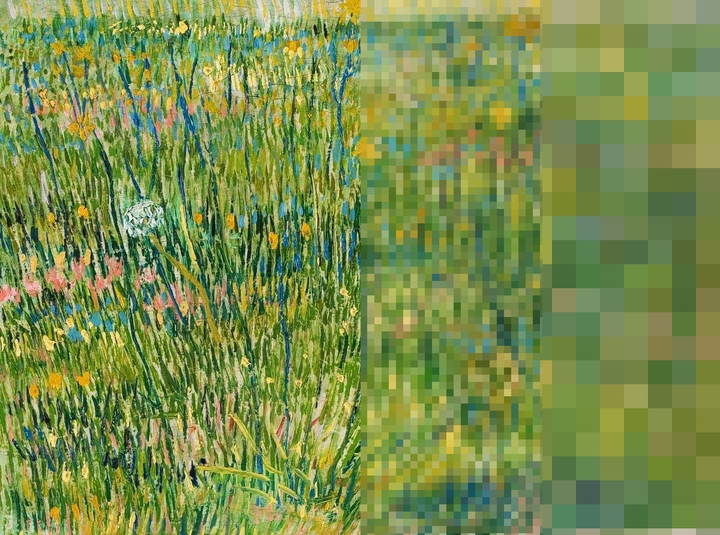Spatial structure of biodiversity
 Grasgrond, Vincent Van Gogh (1887), digital manipulation
Grasgrond, Vincent Van Gogh (1887), digital manipulationWhy does species diversity and composition differ from place to place?
Organisms compete with their neighbors–both individuals of the same and different species–-for resources. Through recent theoretical and empirical advances, we’ve come to understand the mechanisms that maintain the incredible diversity of species that we observe in competitive communities. However, these competitor species are themselves resources for consumers, and many hypotheses for the origin of diversity depend. Modern coexistence theory has shown that consumers can be a potent force in both the maintenance and erosion of diversity, yet the empirical literature has substantially lagged these advances. Though consumers have been implicated in the origin of species diversity for more than a half-century, their role in the maintenance of diversity remains an open question.
We’ve recently been working with a well-studied community of competing winter annual plant species and their seed-consumers (harvester ants) at the University of California’s Sedgwick Reserve. Ants preferentially consume some species’s seeds over others, enough to weaken and even reverse which species “win” in competition. Ant nests are easy to map, which allows us to build a high-resolution map of seed consumption risk at a landscape scale and answer questions about the spatial scales of coexistence mechanisms.
Collaborators:
- Jonathan Levine, Princeton
- Gaurav Kandlikar, University of Missouri
- Nathan Kraft, University of California-Los Angeles